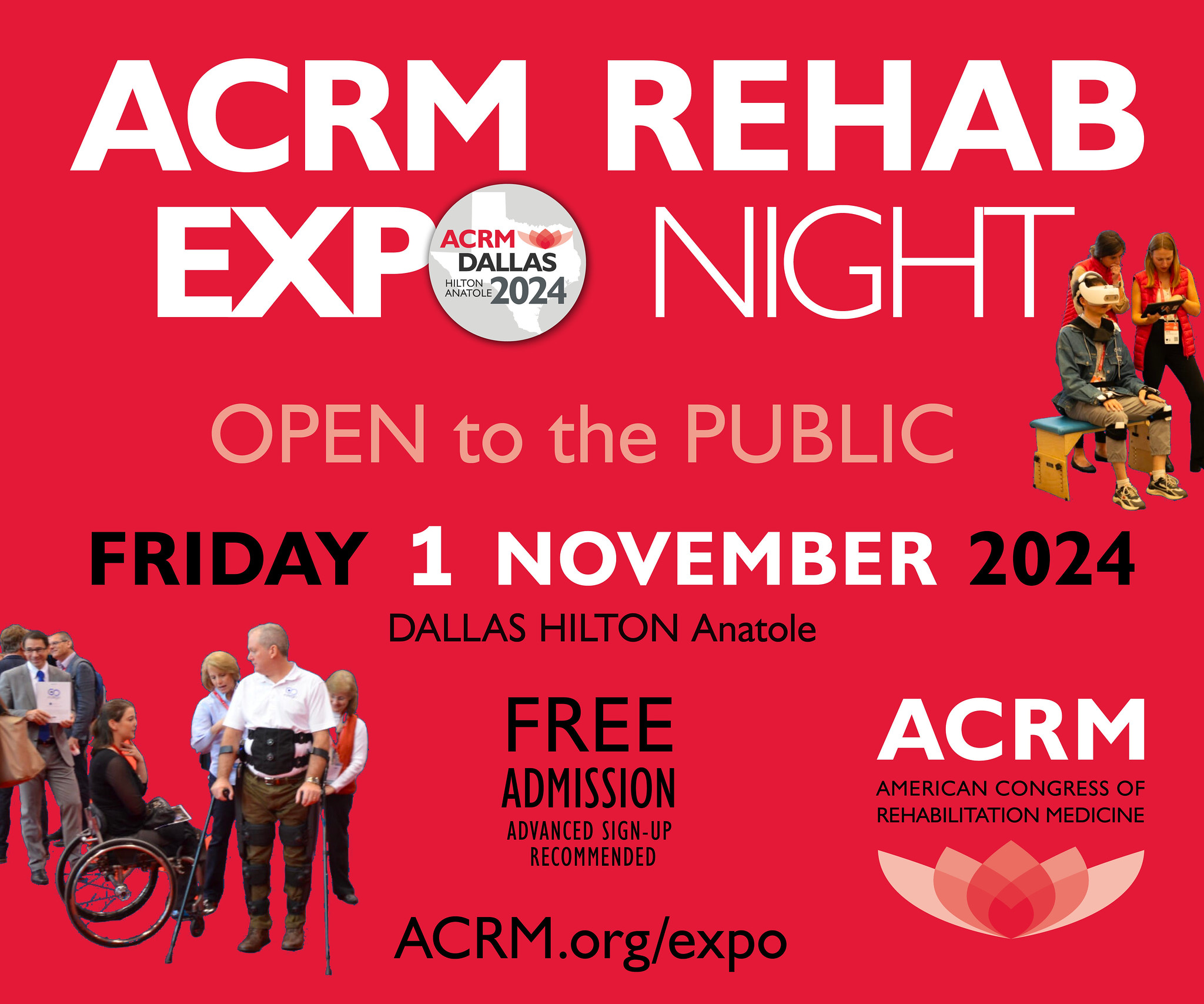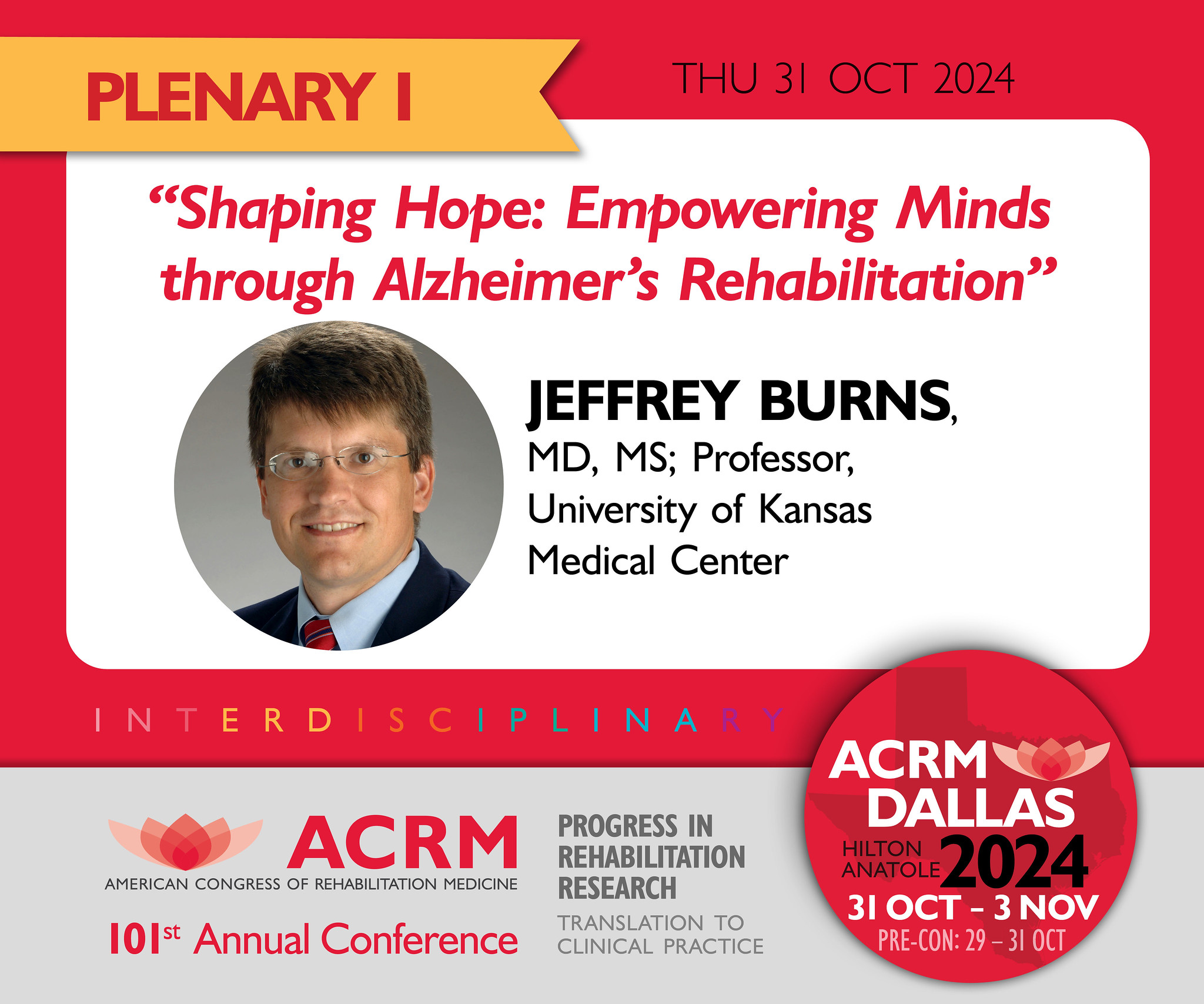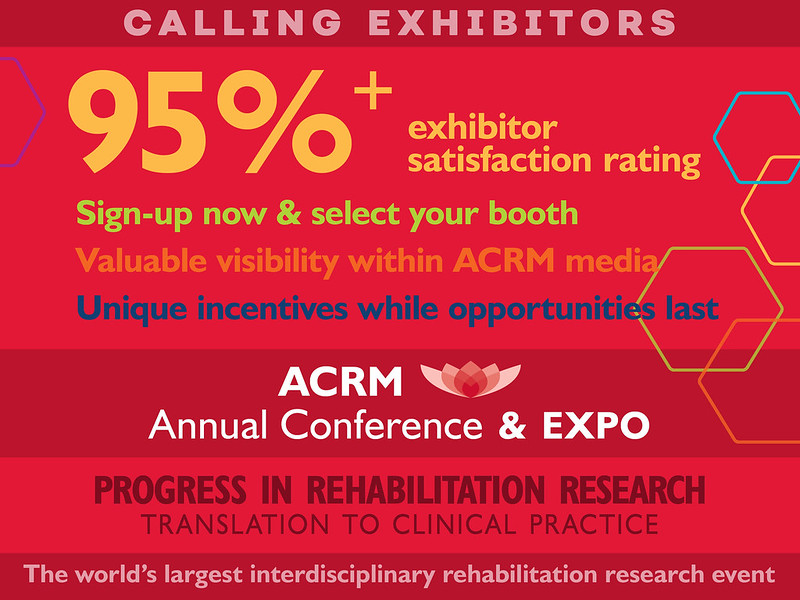Resource Update
 Behavioral intervention needs to be at the forefront of therapy planning
Behavioral intervention needs to be at the forefront of therapy planning
In this newsletter, Dr. Lynne Gauthier, PhD, Associate Professor at the University of Massachusetts Lowell, talks about behavioral techniques therapists can use to improve rehabilitation program outcomes.
Extensive prior research has shown that rehabilitation can produce meaningful improvements in a person’s capacity. The benefits of rehabilitation extend to neurodegenerative disorders like Multiple Sclerosis1,2 and can continue many years after injury to the brain.3-5 However, a major shortcoming of rehabilitation programs is that they typically underemphasize what a person actually does at home (versus what the person is capable of doing), which limits the practical impact of the rehabilitation program. For example, there is essentially no benefit from regaining capacity to use the weaker arm if clients still don’t use it to manage day-to-day activities.
Behavioral interventions are an important tool in the therapist’s toolbox to reduce the mismatch between a client’s regained ability and what they actually do outside of therapy sessions, as well as to improve adherence to prescribed interventions. Behavioral intervention may employ some or all of the following techniques: motivational interviewing and contracting to affirm commitment to a behavior change process, goal setting to create achievable milestones, action planning, self-monitoring progress, problem-solving to overcome barriers, and modifying the environment to increase the likelihood of success (Table 1).6,7
Table 1: Behavioral techniques (left column) and examples of how they can be implemented (right column). While these techniques can be applied to any rehabilitation program, the following examples detail how they can be incorporated into motor rehabilitation programs for Multiple Sclerosis.
| TECHNIQUE | EXAMPLES |
| Goal setting: Client identifies no more than 3 meaningful SMART goals that can be accomplished within the treatment period. Each goal should be specific, measurable, achievable, relevant, and time-bound. |
Example SMART goals
Troubleshooting:
|
| Motivational interviewing: Ask questions that will elicit motivational statements from the client. | Ask how important each goal is on a 1-10 scale. Follow up with open-ended questions such as, “What led you to rate that goal an 8/10 in importance and not a 3/10?” In explaining why a goal is important, the client’s commitment to it will deepen. |
| Action Planning: Break a larger goal into its component parts. Establish a plan for how each will be accomplished | The following motor tasks needed for driving could be written down: unlock car door, open car door, get into car, buckle seat belt, place key in ignition, turn key, turn steering wheel, shift gears, unbuckle seat belt. The client’s plan for how each will be accomplished is written beside each task. Multiple copies of the Behavioral Plan from the Treatment Contract are provided for Self-monitoring (below). |
| Contracting: Client signs the behavioral plan to affirm commitment to the treatment program. |
|
| Self-monitoring: Client documents daily progress towards a goal |
|
| Problem-solving: Therapist prompts the participant to self-identify potential solutions to barriers interfering with treatment goals. Behavior change is a process that evolves over time, so frequent short consultations are more effective than fewer, longer consultations. |
|
| Modifying the environment: Changes to the physical environment or social support structure are put in place to increase the likelihood of success. |
|
There is a solid research foundation in support of incorporating behavioral intervention into neurologic rehabilitation. Over the past 20 years, at least 14 randomized controlled trials have examined how adding behavioral intervention to a neurologic rehabilitation program impacts everyday functioning.5,8-20 Behavioral interventions have boosted time spent in leisure activity by 14 minutes per day, 8 improved depression, 8 and improved stroke survivors’ ability to complete daily activities independently.9 Motor training with behavioral intervention greatly improved everyday use of the weaker side compared to motor training alone.5,11-20 Improvements were about twice as large when behavioral interventions were comprehensive (i.e., included most of the behavioral techniques)5,11-15,19,20 than when they involved fewer behavioral techniques.10,16-18 Intensive motor interventions that lacked behavioral intervention improved capacity for movement, but did not have a meaningful impact on daily activities performance.5,12-16,18,19
Despite very strong evidence of its importance, behavioral intervention is largely omitted from rehabilitation programs. The following details how to overcome the main barriers and implement behavioral interventions into routine clinical practice.
Barrier #1: “So little time, so much to do”
Therapists are tasked with providing therapeutic exercises that are sufficiently intense, which leaves little time for behavioral intervention. An effective way to overcome this challenge is to provide a very thorough self-management program for the client. Therapeutic exercises can be effectively self-managed, but behavioral interventions cannot. This means that therapy time should give priority to behavioral interventions. The recently completed VIGoROUS multi-site trial provides empirical support for this approach.21 Much larger gains in daily arm use were observed when motor practice was self-managed through in-home rehabilitation gaming and therapy sessions were entirely devoted towards behavioral intervention; gains to motor capacity were similar (unpublished observations). The behavioral intervention/self-management model thus had greater impact than the same amount of therapist time spent delivering traditional motor intervention. Results of this trial and prior research support the need for a marked shift towards prioritizing behavioral intervention during neurologic rehabilitation.
A self-management prescription should far exceed the time spent in treatment with the therapist (e.g., 30 minutes per day of strengthening exercises plus 30 minutes per day of practicing goal-related tasks). Given that adherence to self-management averages about 50%, the therapist may choose to initially overprescribe so that imperfect adherence is still sufficient. The behavioral techniques from Table 1 can be used to establish expectations and to facilitate adherence to the home program. Individuals who have difficulty adhering to a home program may benefit from the following environmental modifications: arriving early to therapy to independently perform therapeutic exercises, working with a personal trainer, attending exercise classes, engaging with a rehabilitation gaming system, or exercising with a family member/friend.
Barrier #2: Minimal training in behavioral intervention
Therapists who have received little or no formal training in behavioral techniques can start by implementing a few techniques and then add additional techniques as they achieve mastery. Action planning, self-monitoring the Action Plan, and problem-solving are relatively easy to learn/implement, yet have a very large impact when used together. The key to success is to formulate highly specific Action Plans. For example, instead of “use your weaker arm to do the laundry,” the therapist and client would jointly detail a plan for how every component task (e.g., removing lint filter, cleaning lint filter, opening detergent compartment, removing cap from detergent, pouring detergent) could be accomplished. The client would document independent progress for each sub-task prior to the next treatment session, and the therapist and client would work together during the next treatment session to overcome barriers that interfered with completing some aspects of the task.
Barrier #3: Achieving reimbursement
Motor practice is incorporated into the behavioral techniques (e.g., practicing a strategy to overcome perceived barriers to completing a task). The intervention can thus be billed as Self-Care/Home Management Training, Neuromuscular Re-education, or Therapeutic Activities. Behavioral techniques can also be delivered by a Psychologist and billed using Health and Behavior codes.
References
- Mark VW, Taub E, Uswatte G, et al. Constraint-induced movement therapy for multiple sclerosis: Up to 5-year follow-up. Int J MS Care. 2012;14(2):9.
- Mark VW, Taub E, Uswatte G, et al. Phase II randomized controlled trial of constraint-induced movement therapy in multiple sclerosis. part 1: Effects on real-world function. Neurorehabil Neural Repair. 2018;32(3):223-232.
- Teasell R, Mehta S, Pereira S, et al. Time to rethink long-term rehabilitation management of stroke patients. Topics in stroke rehabilitation. 2012;19(6):457-462.
- Daly JJ, McCabe JP, Holcomb J, Monkiewicz M, Gansen J, Pundik S. Long-dose intensive therapy is necessary for strong, clinically significant, upper limb functional gains and retained gains in severe/moderate chronic stroke. Neurorehabil Neural Repair. 2019;33(7):523-537.
- Taub E, Uswatte G, Mark VW, et al. Method for enhancing real-world use of a more affected arm in chronic stroke: Transfer package of constraint-induced movement therapy. Stroke. 2013;44(5):1383-1388.
- Michie S, Ashford S, Sniehotta FF, Dombrowski SU, Bishop A, French DP. A refined taxonomy of behaviour change techniques to help people change their physical activity and healthy eating behaviours: The CALO-RE taxonomy. Psychol Health. 2011;26(11):1479-1498.
- Abraham C, Michie S. A taxonomy of behavior change techniques used in interventions. Health psychology. 2008;27(3):379.
- Desrosiers J, Noreau L, Rochette A, et al. Effect of a home leisure education program after stroke: A randomized controlled trial. Arch Phys Med Rehabil. 2007;88(9):1095-1100.
- Sit JW, Chair SY, Choi KC, et al. Do empowered stroke patients perform better at self-management and functional recovery after a stroke? A randomized controlled trial. Clin Interv Aging. 2016;11:1441-1450.
- Brunner IC, Skouen JS, Strand LI. Is modified constraint-induced movement therapy more effective than bimanual training in improving arm motor function in the subacute phase post stroke? A randomized controlled trial. Clin Rehabil. 2012;26(12):1078-1086.
- Huseyinsinoglu BE, Ozdincler AR, Krespi Y. Bobath concept versus constraint-induced movement therapy to improve arm functional recovery in stroke patients: A randomized controlled trial. Clin Rehabil. 2012;26(8):705-715.
- Page SJ, Sisto S, Levine P, Johnston MV, Hughes M. Modified constraint induced therapy: A randomized feasibility and efficacy study. Journal of rehabilitation research and development. 2001;38(5):583-590.
- Page SJ, Sisto S, Levine P, McGrath RE. Efficacy of modified constraint-induced movement therapy in chronic stroke: A single-blinded randomized controlled trial. Arch Phys Med Rehabil. 2004;85(1):14-18.
- Page SJ, Levine P, Leonard A, Szaflarski JP, Kissela BM. Modified constraint-induced therapy in chronic stroke: Results of a single-blinded randomized controlled trial Phys Ther. 2008;88(3):333-340.
- Page SJ, Levine P, Leonard AC. Modified constraint-induced therapy in acute stroke: A randomized controlled pilot study. Neurorehabil Neural Repair. 2005;19(1):27-32.
- Smania N, Gandolfi M, Paolucci S, et al. Reduced-intensity modified constraint-induced movement therapy versus conventional therapy for upper extremity rehabilitation after stroke: A multicenter trial. Neurorehabil Neural Repair. 2012;26(9):1035-1045.
- Wolf SL, Winstein CJ, Miller JP, et al. Effect of constraint-induced movement therapy on upper extremity function 3 to 9 months after stroke: The EXCITE randomized clinical trial. JAMA. 2006;296(17):2095-2104.
- Wu CY, Chen YA, Lin KC, Chao CP, Chen YT. Constraint-induced therapy with trunk restraint for improving functional outcomes and trunk-arm control after stroke: A randomized controlled trial. Phys Ther. 2012;92(4):483-492.
- Takebayashi T, Koyama T, Amano S, et al. A 6-month follow-up after constraint-induced movement therapy with and without transfer package for patients with hemiparesis after stroke: A pilot quasi-randomized controlled trial. Clinical rehabilitation. 2012;27(5):418-426.
- Taub E, Uswatte G, King DK, Morris D, Crago JE, Chatterjee A. A placebo-controlled trial of constraint-induced movement therapy for upper extremity after stroke. Stroke. 2006;37(4):1045-9.
- Gauthier LV, Kane C, Borstad A, et al. Video game rehabilitation for outpatient stroke (VIGoROUS): Protocol for a multi-center comparative effectiveness trial of in-home gamified constraint-induced movement therapy for rehabilitation of chronic upper extremity hemiparesis. BMC neurology. 2017;17(1):109.










